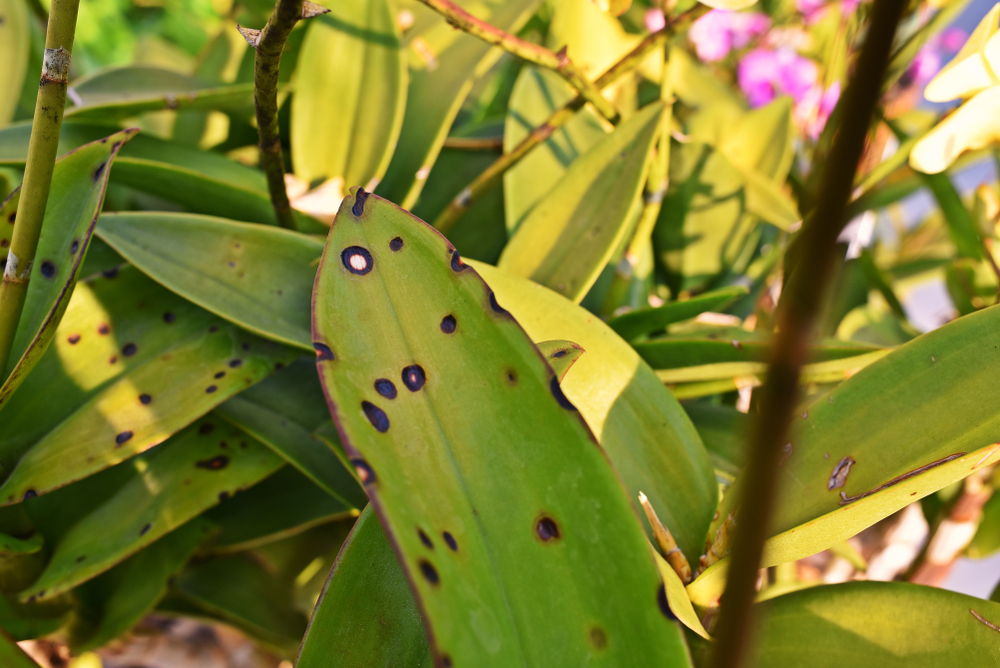Nature works in miraculous ways. As the leaves fall in winter they replenish the soil of nutrition, getting it ready for the coming Spring. When we work with nature to get our gardens ready for the Winter, come Spring we will be rewarded with healthy earth and flowering plants.
Take Care of Those Diseased or Dead Plants
Sometimes a rotting plant will add nutrients to soil, but this isn’t always the case. Many times, they riddled with pests, fungus, or disease. The best strategy for keeping your garden healthy through winter, is to dive in and remove all diseased and dying plants. Once you’ve pulled them up, be sure to burn or bag these plants, removing them from your garden. Don’t let them get mixed into the compost for your soil.
A quality natural plant spray can help keep harmful bugs away and prevent damage to plant leaves, stems, and roots.
Remove Weeds, Seeds, and Anything Slimy

It’s very easy for disease and pests to thrive in slimy, matted leaves. Be sure to do a thorough clean of your garden, especially after the first frost. Get rid of the weeds as well. This will help protect the health of your garden when Spring comes. Consider using a copper fungicide if you notice black or brown spots on leaves.
Prepare your Perennials
Perennials return each year, as long as you are able to take care of them. Some, like phlox, hostas and bee balm will need to be cut back. When cutting back perennials, be sure the ground has frozen first and that the plant is dead. At this point, it’s energy will have moved to the root system where it’ll store until Spring. Then cut them down so they are 3 to 6 inches tall, water them and cover them in mulch or use winter plant covers.
Plants that have abundant seed-heads like coneflowers and rudbeckia don’t need to be cut. Birds like to feed on them and there’s no damage done to the garden.
Plant Bulbs for Spring

Many bulbs that flower in the Spring like daffodils, hyacinths, crocuses, and tulips will need to be planted in the fall. A good rule of thumb for planting these is to bury them 3 times deeper than their size, so a 2-inch bulb will need to be buried 6 inches deep.
Compost and Mulch the Garden
Once your garden is clear of any potentially nasty diseases and pests, it’s time to nurture the soil. Spreading about 1 to 6 inches of compost across your garden will nurture the soil for the coming year. You could also use regular topsoil with diluted liquid compost added.
Your compost can be made from manure, cut grass, straw, or food scraps.
Adding mulch to the garden will help to keep the soil moist and protected from erosion and weeds. It will also help regulate the temperature of the soil, easing the flow into winter and protecting your garden from harsh frosts. As an added bonus, when the mulch breaks down it helps to feed the soil.
If you take the time to prepare your garden in this way, winter can be a time when your garden replenishes itself and gets even stronger than the year before.







